
Buttock muscles, artwork Stock Image F005/5449 Science Photo Library
Anatomy What is the anatomy of the anus? A row of vertical folds in the inside lining divides your anus into upper and lower parts. The folds form columns (anal columns) that are separated by grooves (anal sinuses) that end in smaller folds (anal valves). Your anal sinuses contain mucus-secreting glands.

BUTTOCK MUSCLE BONES Anatomy Art Print for Medical Student Etsy
The pelvis is the part of your skeleton which forms the shape of your hips and basis for your buttocks. This is one part of your butt that you cannot change. Females typically have a wider pelvis than males to allow for childbirth and this causes the femur or thigh bones to also be positioned wider.
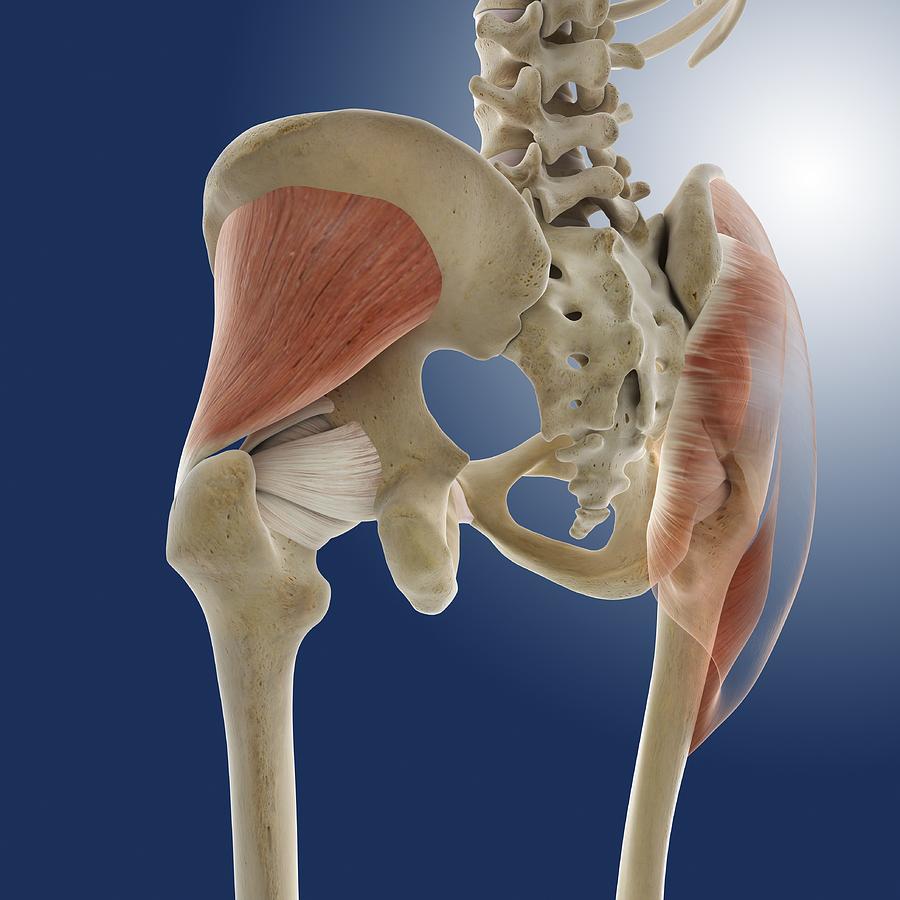
Buttock Muscles, Artwork Photograph by Science Photo Library
Here's your butt anatomy primer. Which Muscles Comprise Your Butt? Compared to, say, your knees, whose range of motion is primarily limited to one plane of movement, your hip joints are quite mobile, allowing your femurs to move in three planes: back and forth, side-to-side, and rotationally.

Buttock muscles, artwork Stock Image C020/0127 Science Photo Library
The anatomy of your butt Being informed about your anatomy—knowing where things are located in your body—is an important first step for anyone having anal sex. During anal sex, the penis (or dildo, or whatever) is inserted into the anus, past the external and internal sphincter muscles, and into the rectum.

posterior butt/thigh muscles Diagram Quizlet
Anatomy of the human anus. Frontal section. The anus is the final part of the gastrointestinal tract, and directly continues from the rectum, passing through the pelvic floor. The top and bottom of the anus are surrounded by the internal and external anal sphincters, two muscular rings which control defecation.

Buttock muscles, artwork Stock Image C013/4424 Science Photo Library
Updated on February 23, 2022 Medically reviewed by Jason DelCollo, DO Table of Contents Anatomy Function Associated Conditions Rehabilitation The gluteus maximus muscle is the largest gluteal muscle located in the buttocks. Not only does it help move the thigh, it gives shape to the buttocks itself.

Human buttock muscles, illustration Stock Image F011/6037 Science
The muscles of the gluteal region can be broadly divided into two groups: Superficial abductors and extenders - group of large muscles that abduct and extend the femur. Includes the gluteus maximus, gluteus medius, gluteus minimus and tensor fascia lata. Deep lateral rotators - group of smaller muscles that mainly act to laterally rotate.
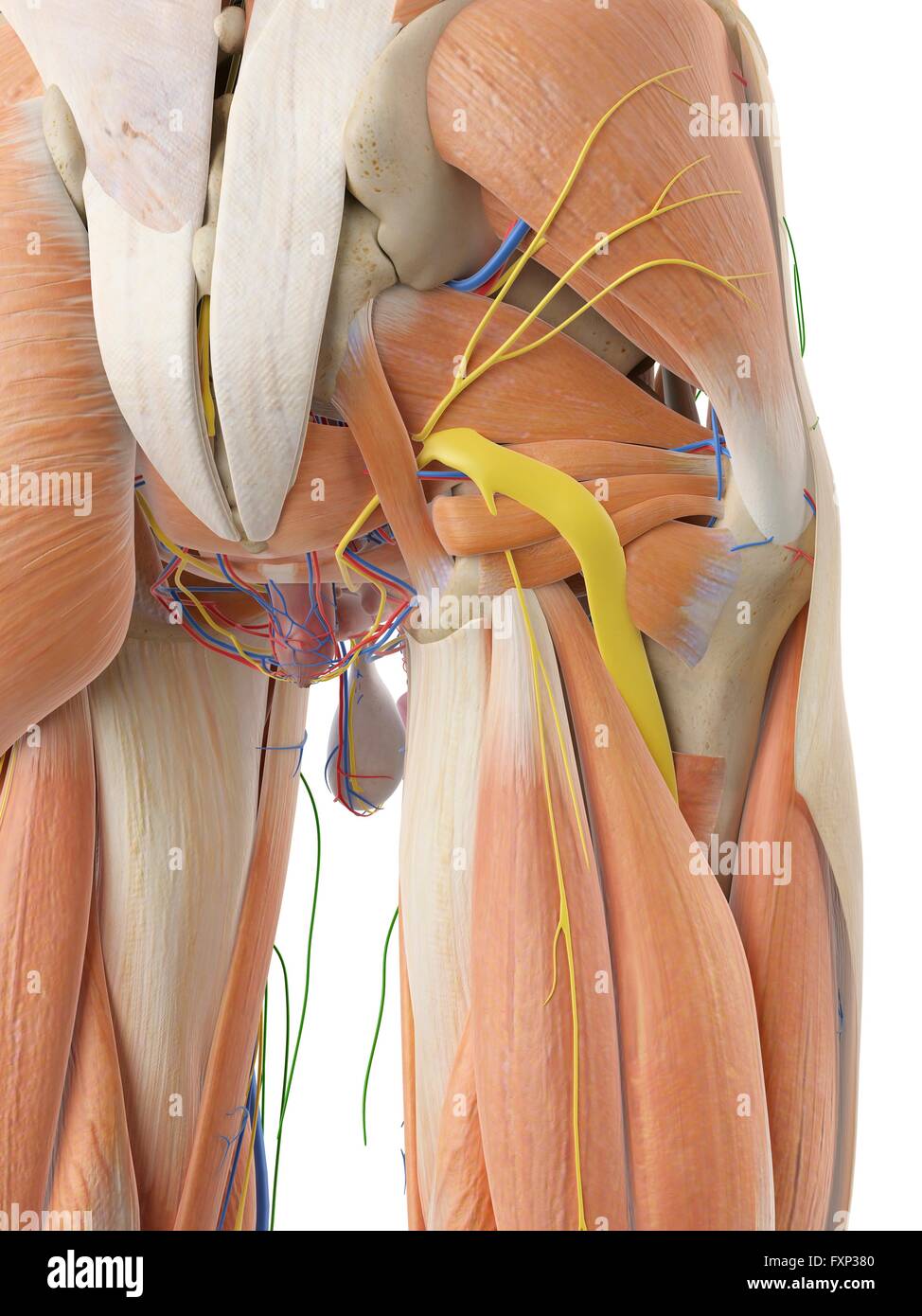
Anatomy of human buttocks hires stock photography and images Alamy
The gluteal muscles, also referred to as glutes or buttock muscles, are a muscle group consisting of the gluteus maximus, gluteus medius, gluteus minimus and tensor fasciae latae muscles. They are found in the gluteal, or buttock region, overlying the posterior aspect of the pelvic girdle and the proximal part of the femur.

Buttock Learn Surgery Online
Lean back so that your shoulder blades are resting on the bench. Drive through your heels to lift your hips up, pushing the barbell upwards. At the top of the movement, your body should create a straight line from your shoulders to your knees. At the top of the lift, pause for a second and squeeze your glutes.
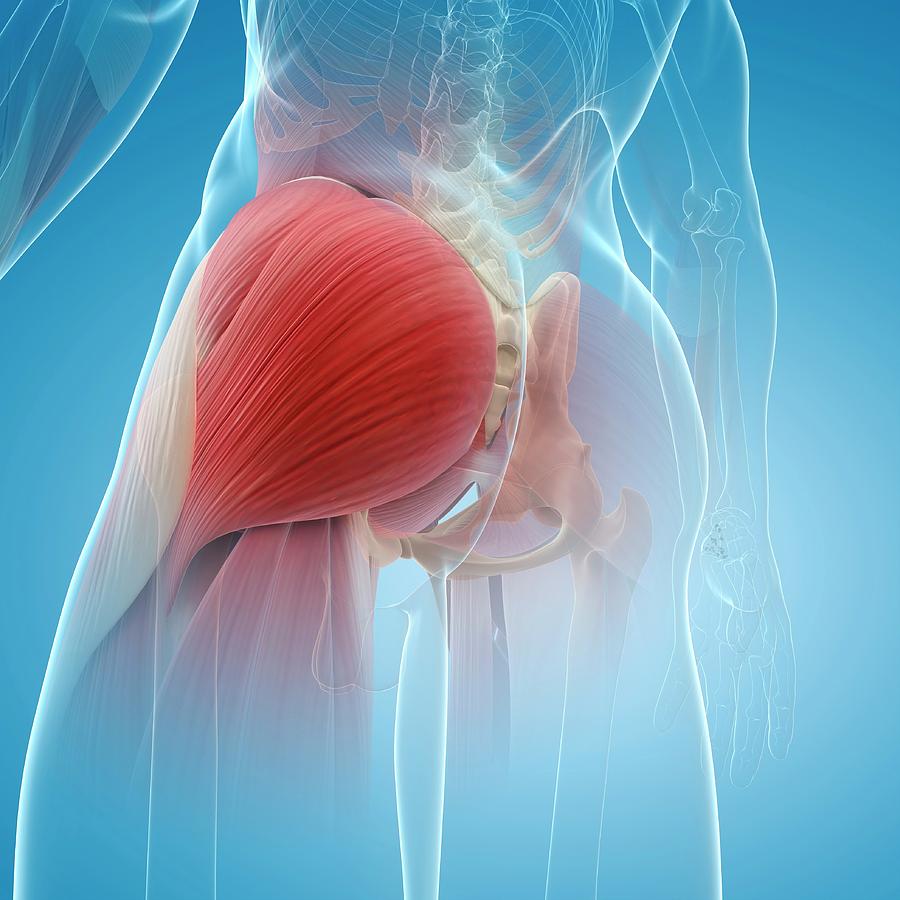
Buttock Muscles Photograph by Sciepro/science Photo Library Pixels
Anatomy The buttocks are formed by the masses of the gluteal muscles or "glutes" (the gluteus maximus muscle and the gluteus medius muscle) superimposed by a layer of fat. The superior aspect of the buttock ends at the iliac crest, and the lower aspect is outlined by the horizontal gluteal crease.
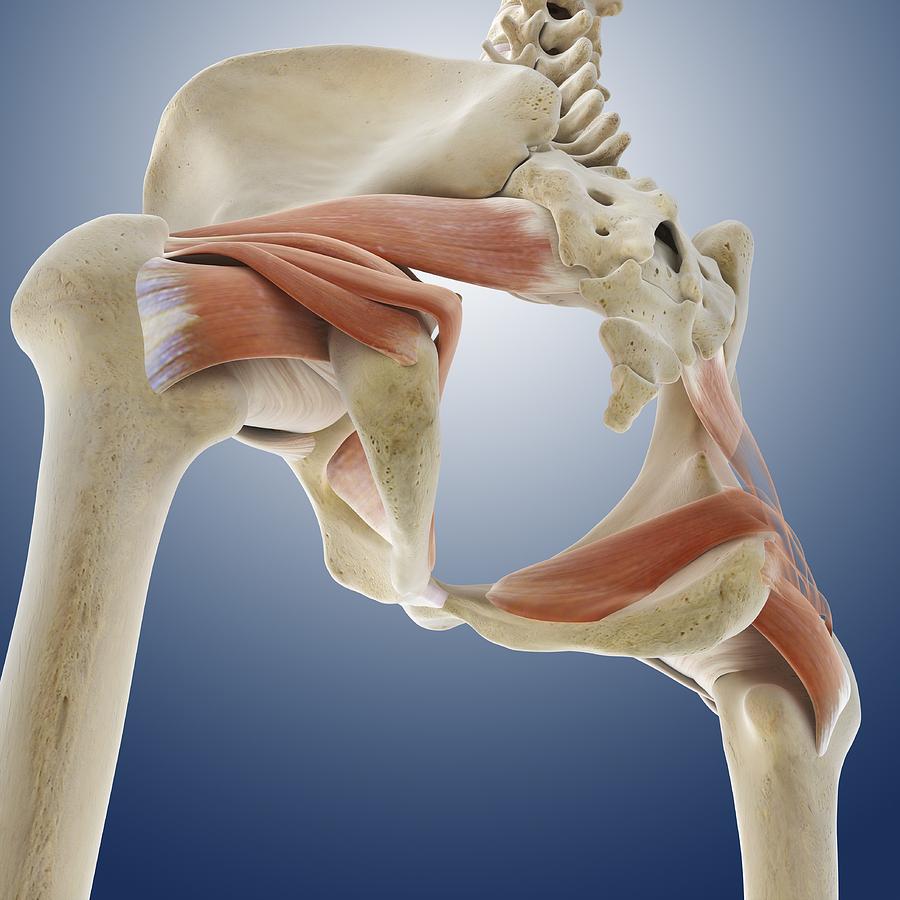
Buttock muscles, artwork Photograph by Science Photo Library Pixels
Female butt with transparent skin and fat and visible muscles and ligaments. In this blog, we'll cover the muscles and fat pads of the butt. We will do this by reviewing the main differences between male and female butts, which differ quite a lot. If you're interested in the bony landmarks of the butt, check out our previous blog on this subject.
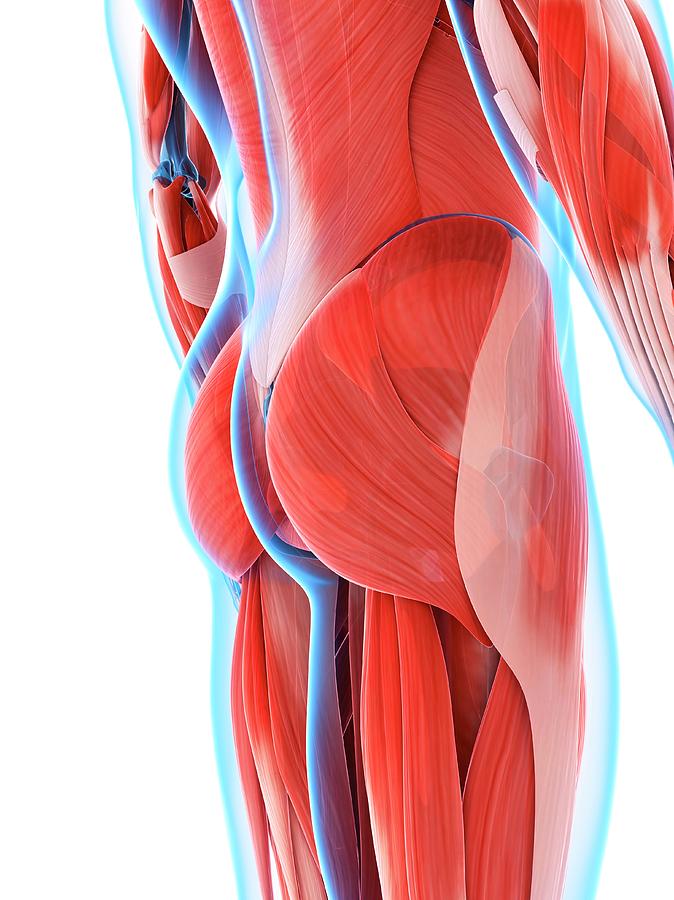
Human Buttock Muscles Photograph by Sebastian Kaulitzki Pixels
Gluteus Minimus. The gluteus minimus is the smallest and deepest of the gluteal muscles. Its job is to abduct the thigh and stabilize the hips/pelvis during walking, running, or standing on one leg. In addition, its anterior portion provides internal rotation to the thigh, while its posterior portion provides external rotation to the thigh.
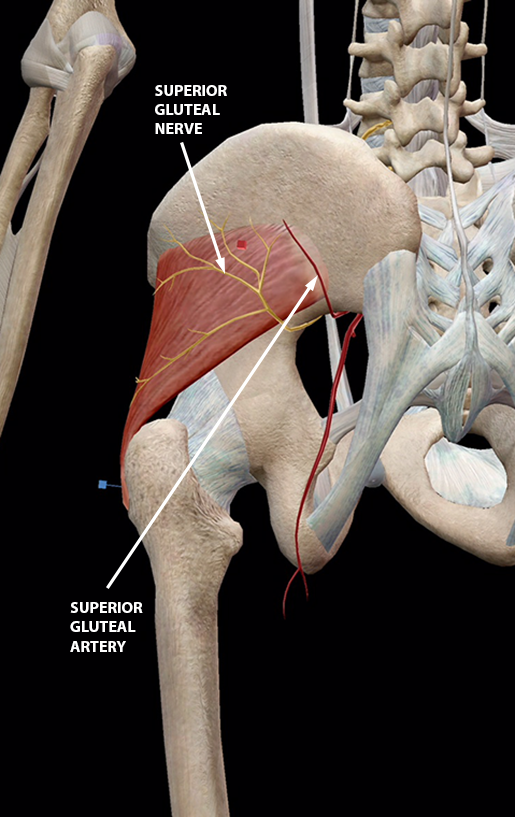
The Glorious Glutes Muscles of the Buttocks
1/7 Synonyms: Anal cleft, Crena ani The intergluteal cleft is a surface anatomy landmark of the pelvis and lower limb. It is the deep furrow or groove that lies between the two gluteal regions (commonly known as the buttocks). It extends from sacral level S3 or S4 and ends just inferior to the apex of the sacrum, at the level of the anus.

Buttock Muscles Anatomy Stock Photo 299396888 Shutterstock
The intergluteal cleft or just gluteal cleft, also known by a number of synonyms, including natal cleft, butt crack, ass crack and cluneal cleft, is the groove between the buttocks that runs from just below the sacrum to the perineum, [1] so named because it forms the visible border between the external rounded protrusions of the gluteus maximus.

4 Anatomy of the buttocks and pelvis (Image by Springer) Download
Anatomy The Buttocks The gluteal muscles (attached to the leg) are the following: the gluteus maximus, the gluteus medius, the small buttocks, the piriformis muscle, obturator internus muscle, upper and lower twins, femoral square, iliopsoas muscle, The gluteus maximus Of all the gluteal muscles, the gluteus maximus remains by far the most.
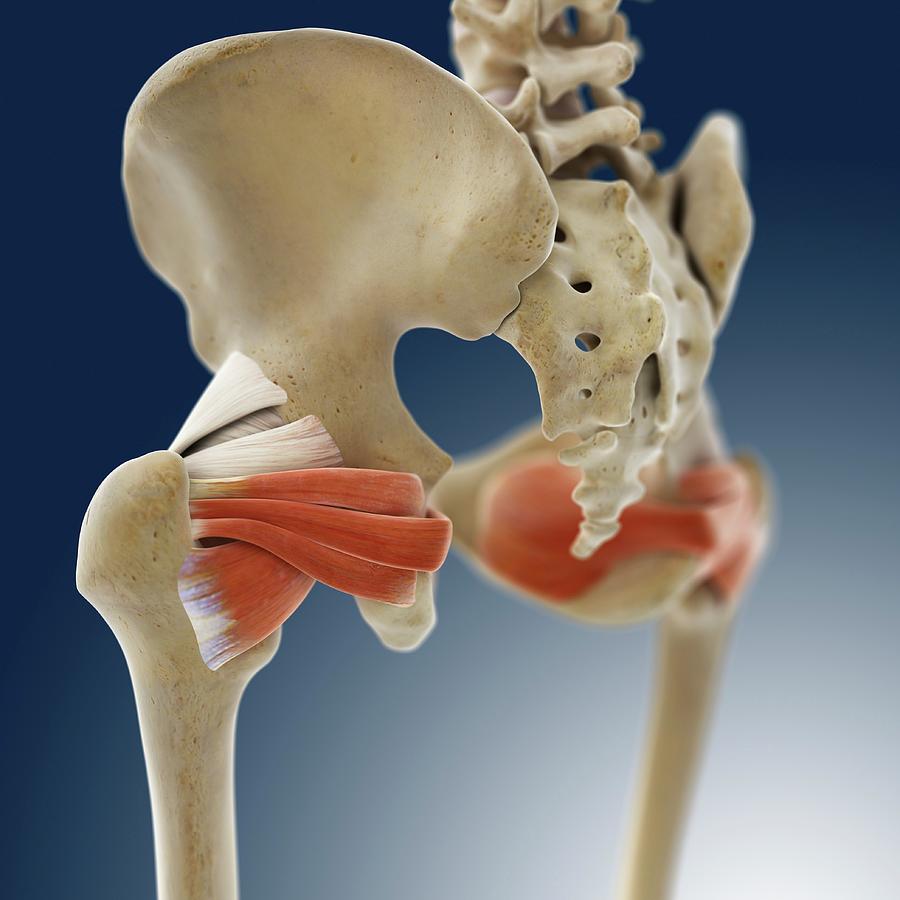
Buttock Muscles Photograph by Springer Medizin/science Photo Library
Dr. Ebraheim's educational animated video describes the muscle anatomy of the hip and buttocks region with simple images; this video also provides you with all you need to know about this area,.